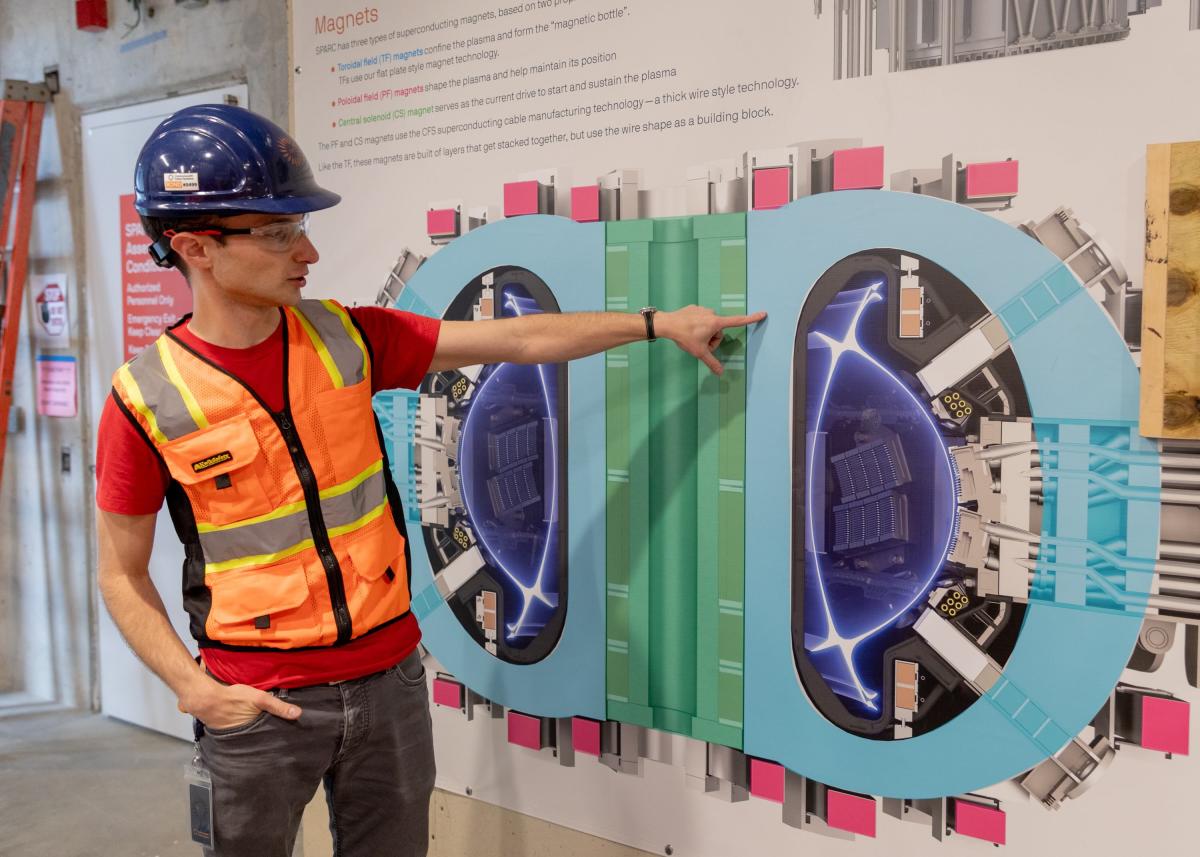Energy startup Commonwealth Fusion Systems (CFS) said Thursday it’s working with Google’s DeepMind division to fine tune — and even improve — the operation of its forthcoming Sparc reactor using AI.
The companies’ plan will simulate the plasma that will burn inside CFS’s reactor using specialized DeepMind software known as Torax. They also plan on pairing Torax with AI models to help CFS figure out how best to achieve fusion power.
Fusion power promises to deliver massive amounts of electricity with zero emissions from a near limitless source of fuel: water. AI-related companies have been bullish on fusion startups as a source of electricity to power energy-hungry data centers. Google appears to be eyeing them as potential customer as well.
This isn’t Google’s first foray into nuclear fusion. The tech company has worked with another fusion startup, TAE Technologies, to use AI to study how plasma behaves inside TAE’s fusion machine.
There’s a reason Google keeps coming back to the problem: AI might be uniquely suited to making fusion power possible.
One of the biggest challenges facing fusion startups is keeping the plasma inside a reactor hot enough for long enough. Unlike nuclear fission reactions, which are self-sustaining, fusion reactions are difficult to maintain outside of stars like the sun. Without that sort of mass and gravity, the plasma is constantly in danger of diffusing and snuffing itself out.
In CFS’s reactors, powerful magnets substitute for gravity to help corral the plasma, but they’re not perfect. Reactor operators have to develop control software that can enable the device to continuously react to changing plasma conditions.
Techcrunch event
San Francisco | October 27-29, 2025
Problem is, there are almost too many knobs to turn, certainly more than a human is capable of. That’s the sort of problem that AI excels at. Experts have cited AI as one of the key technologies that has enabled the industry’s remarkable advances over the past several years.
CFS is currently building Sparc, its demonstration reactor, in a suburb outside Boston. The device is about two-thirds completed, and when finished later in 2026, the startup is predicting that it will be the first fusion device capable of producing more power than the plant needs to run itself.
Google said Torax can be used with reinforcement learning or evolutionary search models to find the “most efficient and robust paths to generating net energy.” The two companies are also exploring whether AI can be used to control the reactor’s operation.
In August, Google participated in CFS’s $863 million Series B2 round alongside Nvidia. Earlier this year, Google also said it would buy 200 megawatts of electricity from CFS’s first commercial power plant, Arc, which is planned to be built outside Richmond, Virginia. The tech company is also an investor in CFS competitor TAE Technologies.
Tim De Chant is a senior climate reporter at TechCrunch. He has written for a wide range of publications, including Wired magazine, the Chicago Tribune, Ars Technica, The Wire China, and NOVA Next, where he was founding editor.
De Chant is also a lecturer in MIT’s Graduate Program in Science Writing, and he was awarded a Knight Science Journalism Fellowship at MIT in 2018, during which time he studied climate technologies and explored new business models for journalism. He received his PhD in environmental science, policy, and management from the University of California, Berkeley, and his BA degree in environmental studies, English, and biology from St. Olaf College.
You can contact or verify outreach from Tim by emailing tim.dechant@techcrunch.com.




